Since graduating college in 2021, I have done more work from home than in an office setting.
I started my fully remote position with a marketing agency in 2022, and these days, I only visit a commercial office space during a client visit.
American companies are saving up to $10,000 per employee annually. On top of this, I am saving time and money on the lack of a commute, estimates of employee savings are between $4-6k per year.
What am I missing out on? I might never know…
Because of these changes, we are seeing beautiful real estate be redeveloped. Such as Gannett’s own Milwaukee Journal Sentinel building. Which was redeveloped into an apartment complex in 2022.
Or, the historic Washington DC Post office, once the Trump Hotel, with new owners now struggling to find a better use for the building.
These beautiful buildings were once used as a hub for brand and business. The buildings helped to drive brand growth, employee retention, happiness, and most of all, revenue.
However, the mail is still delivered in Washington DC, and the Milwaukee Journal Sentinel is still delivering a paper and increasing their digital readership. Although the buildings helped, these buildings do not seem mandatory for brand success.
Because of modern economics, Commercial real estate is in a tough place.
Especially in big cities like New York and San Francisco. With Yahoo’s analysts predicting consequences 20 years down the road in the Bay Area.
Some brands are completely tied to their locations.
Some brands are completely tied to the real estate they own. At a macro level, let’s look at McDonalds, regarded as a great investment not only for their competencies in the restaurant industry but more so for the real estate holdings that come with each of its franchises.
McDonalds real estate holdings are worth more than $40 Billion.
With a market capitalization of more than $200B at the time of writing this, their real estate holdings make upwards of 20% of the business worth at any one time.
It’s an accepted reality that gas stations with the best real estate near the interstate can charge more for their gas.
So we determined that great real estate can drive success for business that serve commodities like food and gas.
How can brands use a location to not only sell their physical products but also sell the entire strategy that is their brand?
Take each McDonalds location for example. You expect a certain experience when you visit any McDonalds, it’s familiar. That experience is sometimes enhanced by on brand additions like a Kids Play Place.
Buildings Drive Brands
Red Rocks Amphitheater drives more than $700 Million into the Denver area annually according to an economic study.
The same study shows that the venue provides 7,000 jobs and more than $210 Million in income.
The venue pulled in more than half a million ticket-buying guests who traveled to Colorado for the Venue in 2022. In-state guests from Colorado brought the annual paid guest count to 1.4 million.
The venue is doing a great job of scaling the business, now offering Yoga on the Rocks, Hotel and Attraction partners, and Tours.
Their unreplicable real estate has driven them to be the 4th busiest music venue in the world. Achieving an annual paid guest count of 1.65 Million in 2023.
To grow this large, you must leverage your real estate into a great brand.
Red Rocks doesn’t advertise much. Their product sells itself. When they do advertise it’s on brand; you need a powerful brand to consistently be ‘on brand’.
Here’s a list of a few more buildings that drive brands:
Lake Superior Trading Outpost in Grand Maris
St Paul Brewing
Sweet Marthas Cookies
Oracle Park (Giants MLB Stadium)
United Equipment Company
Pacific Wheel in Santa Monica
Restaurants by the Eiffel Tower or other tourist attractions.
Any Golf Courses in Florida, Colorado, or other landmark locations with unattainable views.
How do they please investors with limited scalability?
A smart investor usually says they want a MOAT around their business. What does that mean? Nobody can touch their profit model. I don’t know if I’ve ever seen a better moat than something like Oracle Park.
Brands like this excite me. Why? They have a differentiating piece that nobody else can easily attain. When investors talk about a moat, how about unreplicable real estate?
Using your brand, you can create digital real estate as well. Examples of unattainable digital real estate would be domain name, first party data, readership or users, etc.
Now, I love it when brands can combine their unreplicable physical real estate and convert it into digital assets.
In our Red Rocks example, they built a concert venue that could not be recreated, they created additional value with more product offerings. Now they have more than half a million Instagram followers and an online brand that would not have the same intrinsic value without the brand they built.
Liquidating Assets
Brands like this can survive on the aura that once was after a real estate sale. They can also capitalize on the aura that is by franchising/ creating other locations that don’t quite have the same charm.
Brands can also use their building or geographical location to scale, and bring the feel of their flagship location nationwide. Think Five Guys, Patagonia, Texas Roadhouse, or any brand that uses a location as a brand name and blew up… Cisco, Kentucky Fried Chicken, California Pizza Kitchen, Adobe.
Scaling out of your roots in a certain geographical location, or selling off these buildings may not hurt in the short term, but in the long run, these locations and buildings are tied to brand success.
If you do have to sell a flagship building, or scale out of a geographical location, be sure you replace and or maintain what differentiates your brand.
After selling this real estate, or scaling into a broader, less accepting market, how can brands differentiate themselves? Sure, the culture built by the local community and flagship building will withstand a few generations of employees. But, when you get rid of the flagship real estate it takes more effort to maintain the brand strategy. In the case of United Equipment sales, they could still sell and rent equipment without the building, but their real estate differentiates them.
What am I missing out on by working from home? I find it hard to believe my whole life will be from a remote office. Although we are all saving money in the short term, what are we losing in the long term?
Working from home will never go away, nor will maintaining a central hub that represents both brand and business.




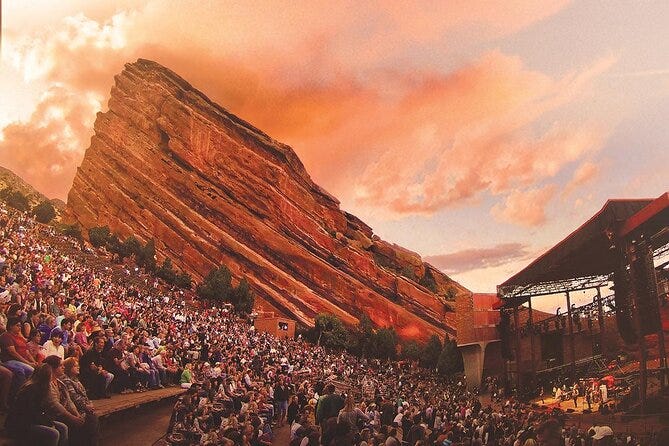
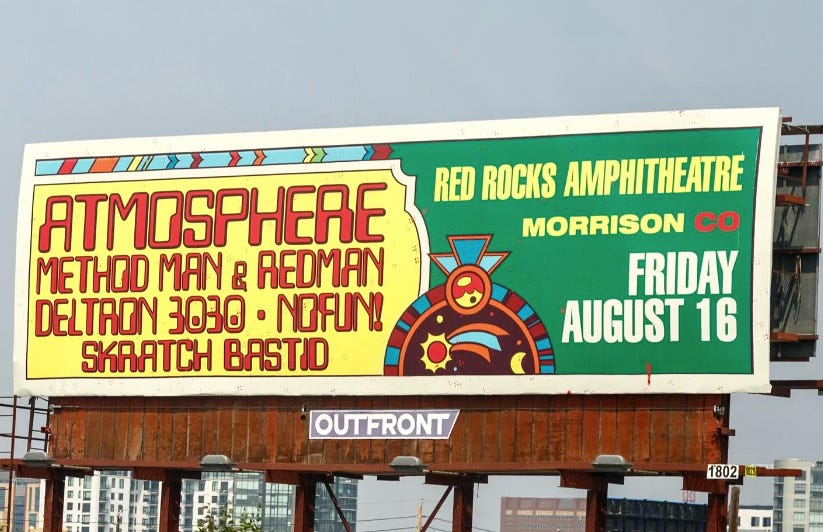
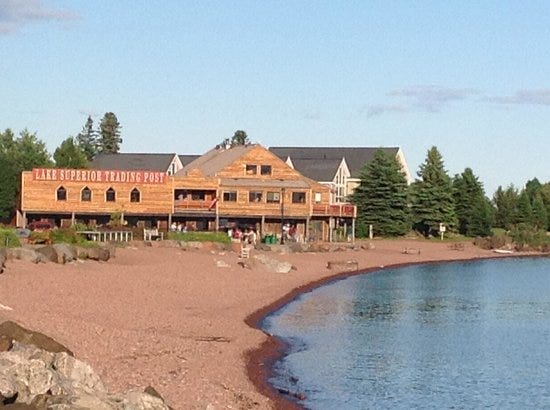
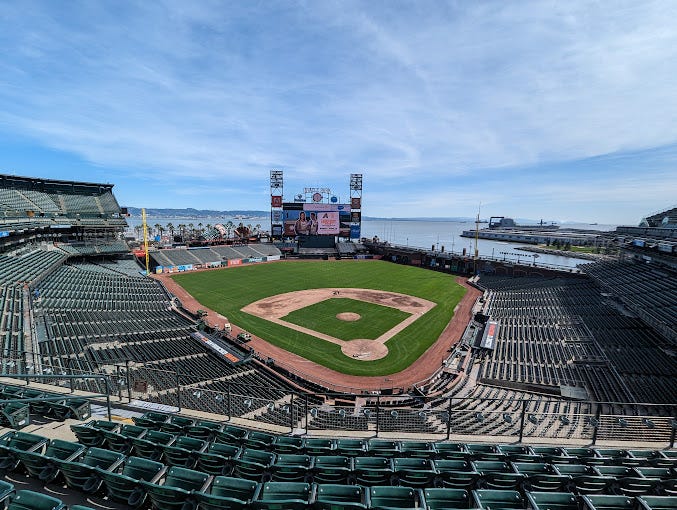
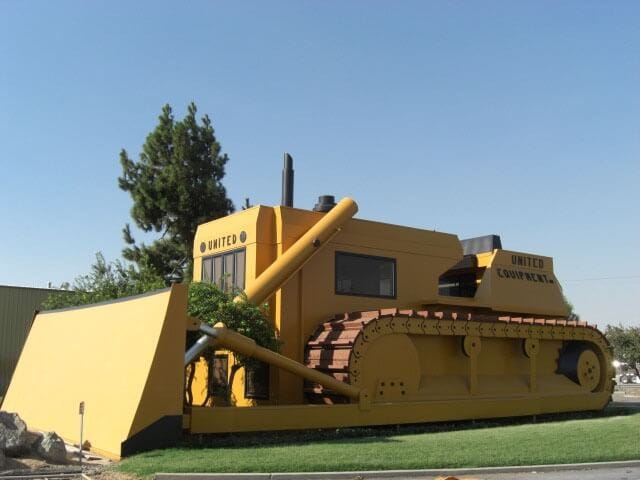
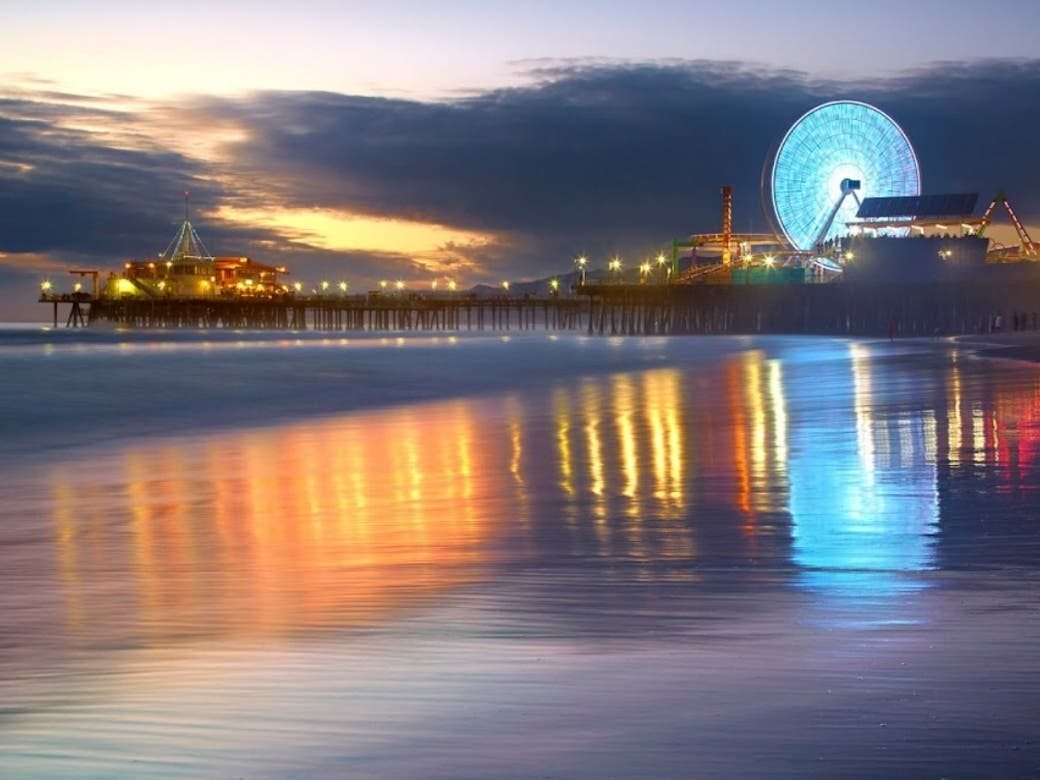
What are your favorite buildings that drive brands?